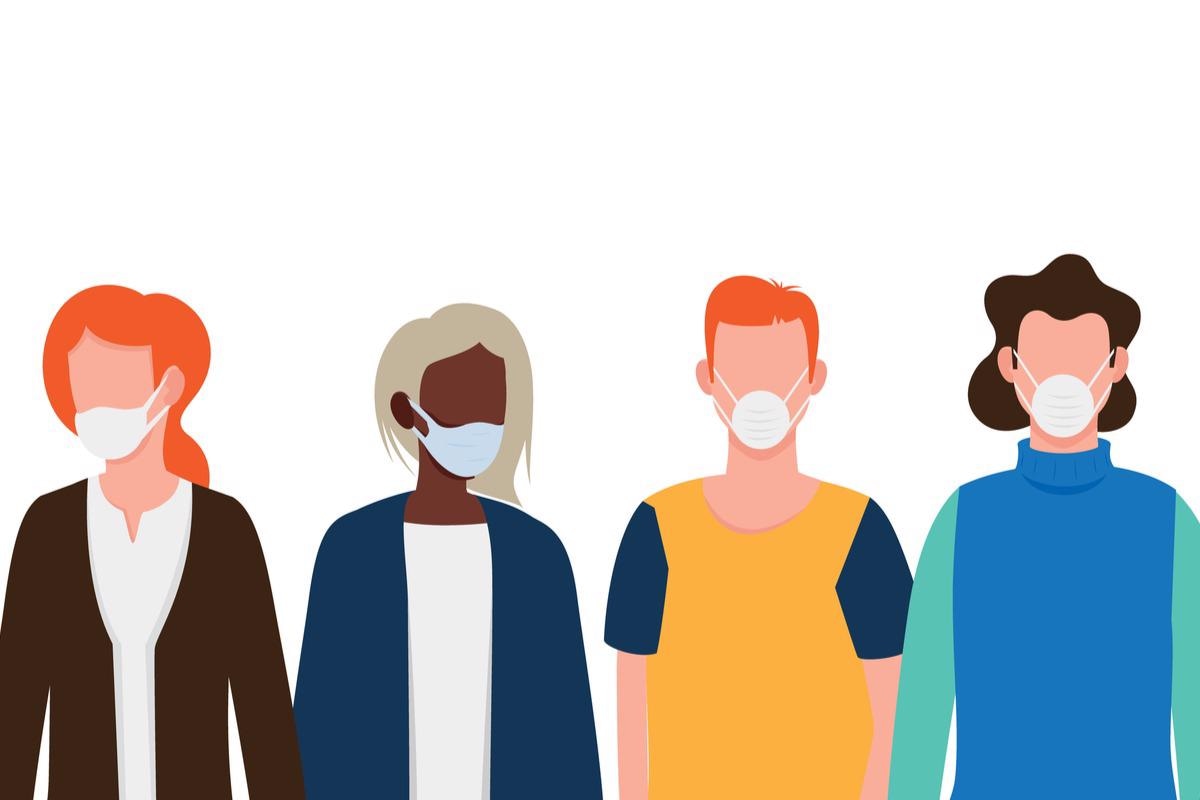In a recent study published in the journal Pathophysiology, researchers performed serological profiling to determine the antibody responses in critically ill coronavirus disease 2019 (COVID-19) positive and COVID-19 negative patients.
 Study: Critically Ill COVID-19 Patients Exhibit Anti-SARS-CoV-2 Serological Responses. Image Credit: Mathori/Shutterstock
Study: Critically Ill COVID-19 Patients Exhibit Anti-SARS-CoV-2 Serological Responses. Image Credit: Mathori/Shutterstock
Background
Severe acute respiratory syndrome coronavirus 2 (SARS-CoV-2), the causative organism of COVID-19, became a serious public health emergency, leading to high infection and mortality rates. Patients who have been critically ill were often admitted to the intensive care unit (ICU).
During COVID-19 infection, antibodies against SARS-CoV-2 antigens are produced, and these include alpha (IgA), delta (IgD), epsilon (IgE), gamma (IgG), and mu (IgM). These antibodies are detectable after a few days of infection, with IgG detected immediately, whereas IgM is detected at 6-14 days.
About the study
The study involved recruiting patients with suspected COVID-19 infection, who were admitted to the ICUs at London Health Sciences Centre, Canada. The patients were grouped according to age-matched and sex-matched populations.
The four groups included COVID-19 positive (COVID-19+) critically ill, COVID-19 negative (COVID-19-) critically ill, non-hospitalized COVID-19+ mildly ill, and healthy controls. In each group, a total of 14 patients (eight females, six males) were included with ages ranging from 57-61 years.
During the ICU admission, all the co-morbidities, sepsis, disease severity scores, and baseline characteristics were noted. The two non-hospitalized groups, COVID-19+ mildly ill and healthy controls showed no co-morbidities.
The blood samples were collected on admission to the ICU for three days for COVID-19- patients, whereas in COVID-19+ patients, the collection was done for up to seven days, followed by every three days until discharge or death.
All the four antibody types, IgG, IgM, IgA, and total Ig, elicited by SARS-CoV-2, were detected by sandwich enzyme-linked immunosorbent assay (ELISA) kits with the antigen being recombinant spike protein S1 subunit, receptor-binding domain (RBD). The total Ig test included the detection of all three IgG, IgM, and IgA.
The COVID-19 status was determined based on the cut-off value by obtaining a ratio of optical densities of samples and negative controls. Those sera with a higher cut-off ratio were considered positive samples.
Samples that tested SARS-CoV-2 positive were used for validating the clinical sensitivity of each immunoassay, known as positive percent agreement (PPA). The clinical specificity (negative percent agreement, NPA) was validated with samples that were collected before the COVID-19 pandemic, regarded as SARS-CoV-2 negative. The overall percent agreement (OPA) and population statistics were also determined. Machine learning methods were used for determining the combined antibody responses.
Study findings
The demographic studies demonstrated that the COVID-19+ patients had a higher body mass index. They suffered from bilateral pneumonia, whereas COVID-19- patients probably suffered from unilateral pneumonia.
The researchers also found that COVID-19+ patients had a lower oxygenation factor (PaO2:FiO2)) as compared to COVID-19- patients. Sepsis was confirmed in all the 14 COVID-19+ patients. However, only four COVID-19- patients (28.6%) suffered from sepsis, whereas 10 COVID-19- patients (71.4%) were suspected of sepsis. The mortality rate was 50% for COVID-19+ patients.
The precision and performance of all the isotypes, IgM, IgA, IgG, and total Ig, were demonstrated. All the isotypes, except IgA, showed significant sensitivity (93%). IgA showed 85.7%, which indicated its short prevalence. Moreover, a few individuals were IgA-deficient and hence, concluded that these isotype antibodies are not produced in respiratory infection. The specificity was excellent with all the antibodies.
The combined antibody response distinguished COVID-19+ with COVID-19- status at ICU day-1 (89%), ICU day-3 (96%), ICU day-7, and day-10 (100%). On combined ICU day-1 and day-3, the total Ig (43%), IgM (27%), IgA (24%), and IgG (6%) were observed.
Out of 14 critically ill COVID-19+ patients, only three (21%) of them did not exhibit a serological response on ICU day-1, however, they elicited Ig responses by day 3. On the other hand, all the COVID-19- patients and healthy controls (except one) did not cross the cut-off value and hence, were considered serologically negative. This exception in healthy controls was attributed to the weak IgM response, indicating mild cross-reactivity.
Although a difference in the disease severity was found in both the critically ill and mildly ill non-hospitalized COVID-19+ patients, Ig responses were almost similar.
When the critically ill COVID-19+ patients who either survived or died in ICU were compared, the Ig responses were similar on ICU day-1 in both groups. The researchers also studied whether there was any difference in the Ig concentrations over the entire ICU stay in both live patients and those who died. Interestingly, the IgA levels and the total Ig were found to be higher in patients who died, particularly in their initial ICU days. However, no significant interactions were found between patient outcomes and IgM or IgG.
Conclusions
Overall, the current study aimed at investigating the serological responses of critically ill COVID-19 ICU admitted patients. In the COVID-19+ patients, the Ig response peak was as expected, whereas the average peaks for IgM and IgA were found on ICU day-13 and day-17, respectively. Thus, the study suggests that blunted serological responses are not responsible for COVID-19 mortality.
The study, however, suffered from a few limitations concerning the smaller study population, methods to determine symptom duration, bias due to the smaller number of participants, and taking into account only mortality as the primary outcome. Therefore, further future studies are warranted.